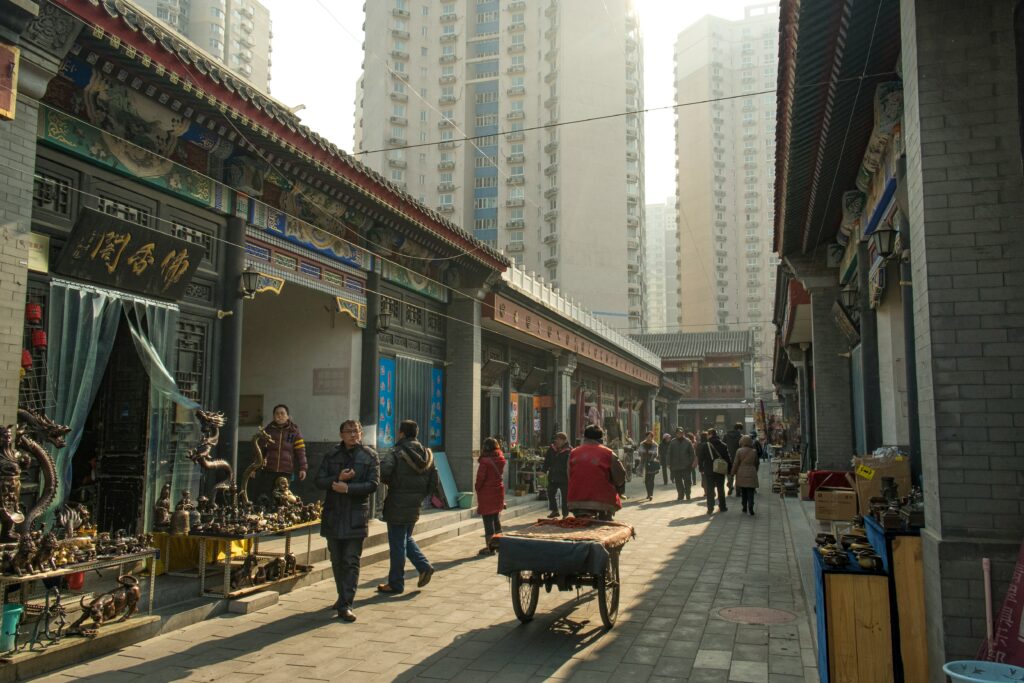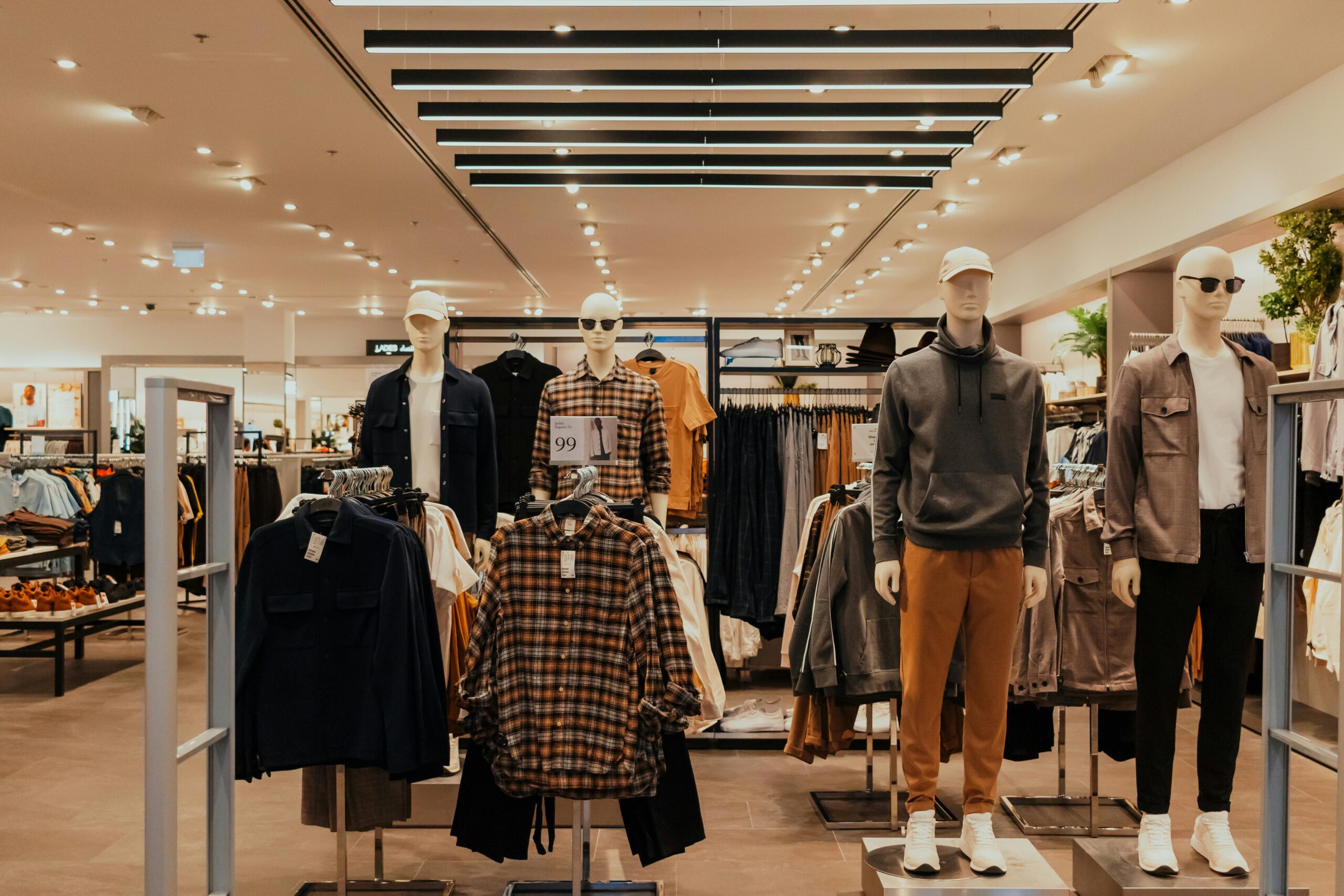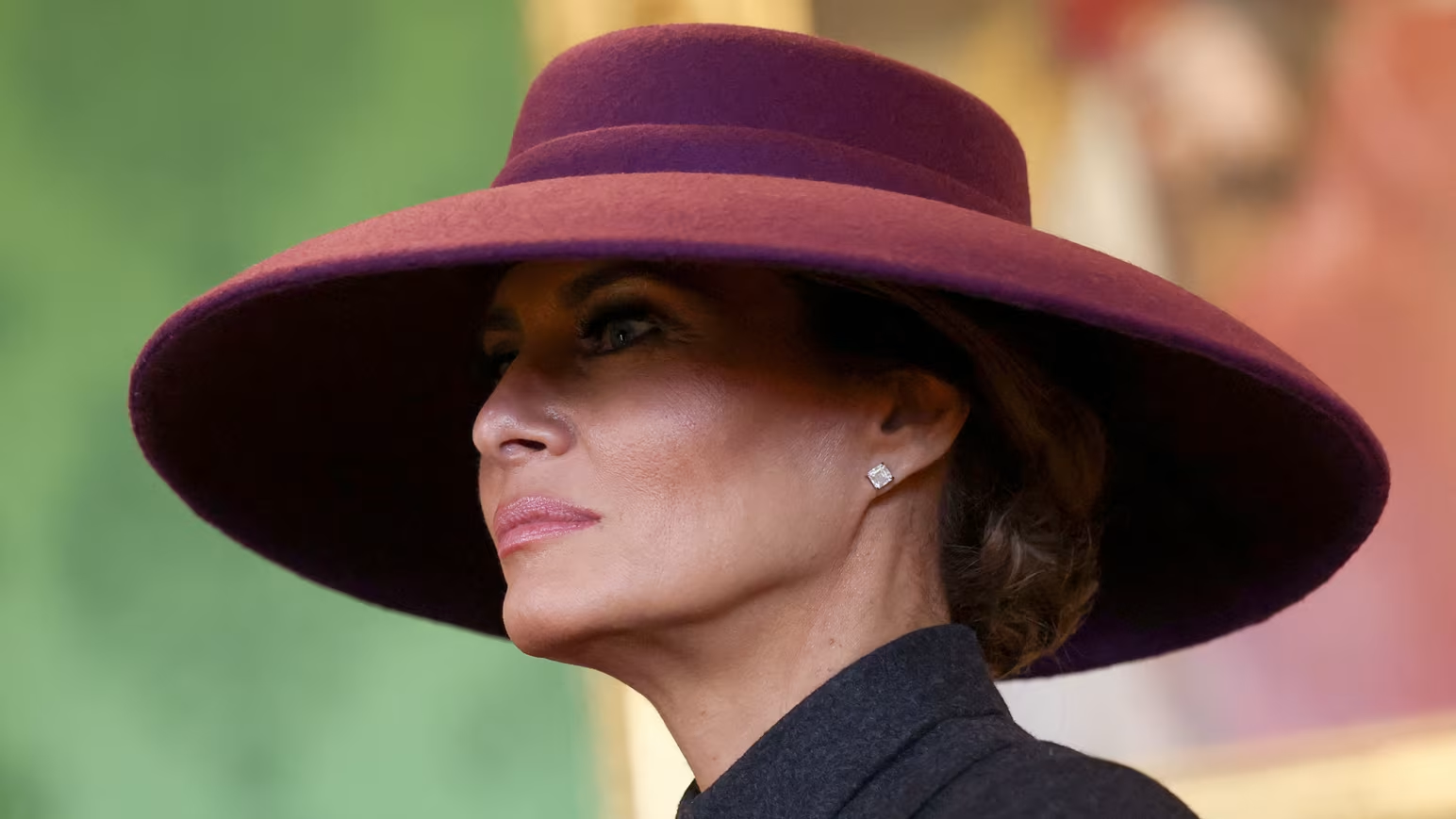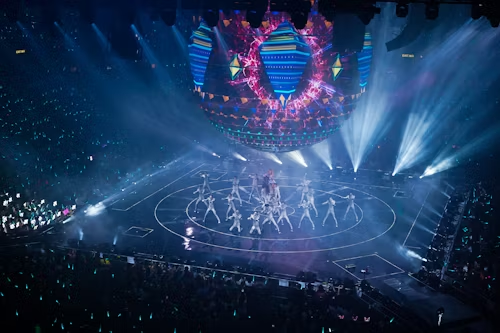The global luxury industry has entered a new golden age, and nowhere is this more evident than in Asia. As economies stabilize after years of disruption, luxury brands are witnessing a historic surge in demand across the continent. From Shanghai to Seoul, Singapore to Mumbai, luxury shopping districts are buzzing with consumers eager for high-end fashion, jewelry, automobiles, and experiences.
The luxury market boom in Asia is not just about numbers — it’s about shifting consumer behavior, generational wealth transfer, and digital-first engagement that is reshaping the global luxury industry.
The Rise of Asia as a Luxury Powerhouse
For decades, Europe was considered the heart of luxury. Paris, Milan, and Geneva dominated the market with heritage fashion houses and watchmakers. But in 2025, Asia has firmly established itself as the growth engine of luxury worldwide.
According to Bain & Company, Asia now accounts for over 45% of global luxury sales, with China leading the charge, followed closely by South Korea, Japan, and Southeast Asia. India, once an underdog in the luxury segment, is now emerging as a promising frontier.
The reasons are clear:
- Rising disposable income among Asia’s middle and upper classes.
- Urbanization leading to concentrated hubs of luxury retail.
- Aspirational lifestyles driven by social media and global exposure.
Key Drivers of the Luxury Market Boom in Asia
1. Wealth Expansion and the New Affluent Class
Asia is home to some of the world’s fastest-growing economies, producing millions of new millionaires every year. China alone is expected to add 80 million affluent households by 2030, while India’s high-net-worth population is growing at double-digit rates.
Luxury is not just about indulgence; it’s a symbol of success. For Asia’s rising affluent class, purchasing luxury products is a way to demonstrate achievement and social standing.
2. Gen Z and Millennial Consumers
Unlike in the West, where older generations still dominate luxury spending, in Asia, younger consumers are the driving force. Gen Z and Millennials make up over 60% of luxury shoppers in China and South Korea.
This generation demands:
- Personalization – bespoke services, customized products.
- Digital integration – AR try-ons, livestream shopping.
- Sustainability – eco-conscious luxury with transparent sourcing.
Brands that align with these values are thriving in Asia.
3. Digital Innovation and E-Commerce Luxury
Asia has leapfrogged traditional retail in many ways. Platforms like Tmall Luxury Pavilion, JD.com, and Kakao have made luxury shopping a seamless online experience.
The integration of livestream shopping in China is a global phenomenon, where influencers and celebrities sell high-ticket items in real time to millions of viewers. For luxury brands, this model has opened a new channel to reach younger, digitally savvy buyers.
4. Tourism and Cross-Border Shopping
Luxury shopping has always been closely tied to travel. With the return of tourism post-pandemic, Asia has become the destination of choice for luxury experiences.
- Tokyo’s Ginza and Seoul’s Gangnam are booming luxury hotspots.
- Singapore and Hong Kong continue to attract high-net-worth shoppers.
- Duty-free luxury hubs, such as Hainan Island in China, have emerged as shopping paradises.
5. Cultural Pride and Local Influences
Luxury in Asia isn’t just about importing European brands. Consumers are increasingly drawn to regional heritage and local craftsmanship. Japanese luxury leather, Indian jewelry, and Korean skincare have found global recognition, blurring the lines between Western and Eastern luxury.
Luxury Segments Leading the Growth
Fashion and Accessories
High fashion continues to dominate. Luxury fashion houses are designing Asia-exclusive collections, often inspired by local festivals or cultural elements.
Watches and Jewelry
Swiss watchmakers report that Asia contributes more than half of global sales, while luxury jewelry brands see rising demand in India and China. Gold, diamonds, and rare gems remain deeply tied to cultural celebrations.
Luxury Automobiles
Asia’s booming luxury auto market is led by China and South Korea, where brands like Mercedes-Benz, Rolls-Royce, and Porsche report record-breaking sales. Electric luxury cars are especially appealing to younger buyers.
Experiences and Lifestyle
The luxury boom goes beyond products. Asia’s elite are investing in luxury travel, wellness retreats, and fine dining. From private island resorts in the Maldives to Michelin-starred experiences in Tokyo, luxury experiences are defining the new standard of wealth.

Challenges in the Asian Luxury Market
Despite rapid growth, the luxury market in Asia faces challenges:
- Counterfeit goods remain a major issue, particularly in online marketplaces.
- Economic slowdowns or government regulations, such as China’s crackdowns on lavish spending, can impact sales.
- Cultural differences require brands to adapt their strategies carefully — what works in Paris may not resonate in Mumbai or Seoul.
The Future of Luxury in Asia
Looking ahead, the luxury market boom in Asia shows no signs of slowing down. Analysts predict that by 2030, Asia will account for nearly 60% of global luxury sales, with China, India, and Southeast Asia leading the charge.
The future will be shaped by:
- AI-driven personalization in luxury retail.
- Phygital experiences blending physical stores with digital technology.
- Sustainable luxury innovations to satisfy eco-conscious buyers.
- Collaborations between Western brands and Asian designers to create culturally relevant collections.
Luxury brands that succeed in Asia will be those that not only understand its economic potential but also embrace its cultural nuances and digital-first consumer base.
Conclusion
The luxury market boom in Asia is rewriting the global playbook for luxury. With wealth expanding, young consumers driving demand, and digital innovation reshaping retail, Asia has become the epicenter of high-end consumption.
For luxury brands, the message is clear: the future of luxury is Asian.
Source: Business of Fashion | Forbes | Bain & Company


